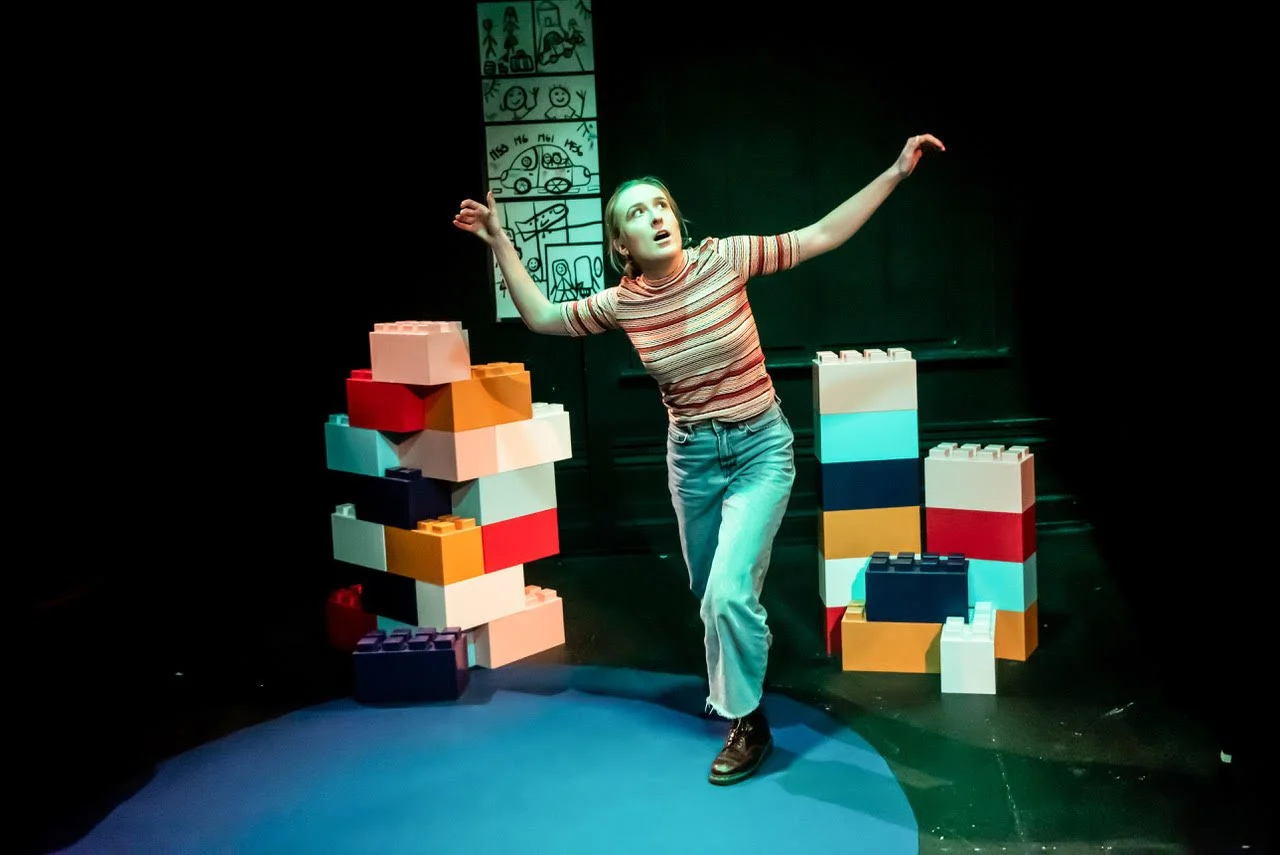SUNDAY IN THE PARK WITH GEORGE
What is the point of art? Or more appropriately, what are the points of art? In Lapine and Sondheim’s 1984 musical, the subject is Georges Seurat, the founder of pointillism. This late 19th century experiment with dashes or points of single colour (rather than a mix on the palette) opens a whole world of discussion in this cerebral piece. How the eye can be deceived into blending a world of vivid colour and shimmering light. Seurat, in this theatrical piece, is a young obsessive artist, shunned by his peers, who cannot see the people for the trees. Playwright James Lapine creates a whole back story to his Seurat’s masterpiece, A Sunday Afternoon on the Island of La Grande Jatte. He conjures like a stage magician the character of Dot, Seurat’s patient model and would-be lover. He gives voice to all the other figures seen in the huge canvas and we learn that the artist only sees shapes, colour, light, harmony and balance. He seldom sees the person in the dress.
Sunday in the Park is a hugely complex piece of high-art musical theatre. Sondheim’s writing is spare with few touches of his customary humour. In a way it is more a play with music than a musical but there are a couple of deeply moving anthems such as ‘Move On’. It is a work that shouldn’t really work: no dancing, no hit tunes, not really any plot. And yet and yet – it has the power to move and deeply affect one’s soul.
Cambridge University Music Theatre Society (CUMTS) could not have given the piece a more solid and thoroughly enjoyable outing. Sunday in the Park is no stroll in the park. The choreography is dense – George forever positioning his characters – the boatman, the little girl, the lady with the parasol and the dog. The songs are complex seamlessly flicking a musical brush between music and the spoken word. But here this young ensemble were more than up to the challenge.
At the heart of the success of this intelligently directed by Dyland Evants, piece were the two leads. You’d be hard pushed to see better interpretations on the West End stage. Annie Stedman was outstanding as Dot – passionate, funny, desperate and very hot in her bustle dress. She is a music theatre performer with a huge range and eyes that could burn through a Seurat canvas. She performed Sondheim’s breathless patter songs with ease and wrenched the heart with Dot’s musical cries to be seen, to be loved. She is a name to remember.
Eoin McCaul as George did a wonderful job – a beautiful voice and a tender and deeply felt reading of the tortured artist. There were moments of great comedy too as he ‘becomes’ the dog he paints in the picture. The whole ensemble needs to be heartily congratulated on bringing this highly complex work to the ADC stage. This includes the marvellous band led by Jonathan Parapadakis who did not put a note wrong.
By the end of a long (but never dragging) show, when George’s descendant, a modern artist, finds true inspiration in the discovery of his family tree, there was astonished silence in the audience. You could feel the tension and even a quiet moment, a reverent hush, as the curtain fell. There were tears. There was colour. There was light and certainly harmony. That is the point of art.







